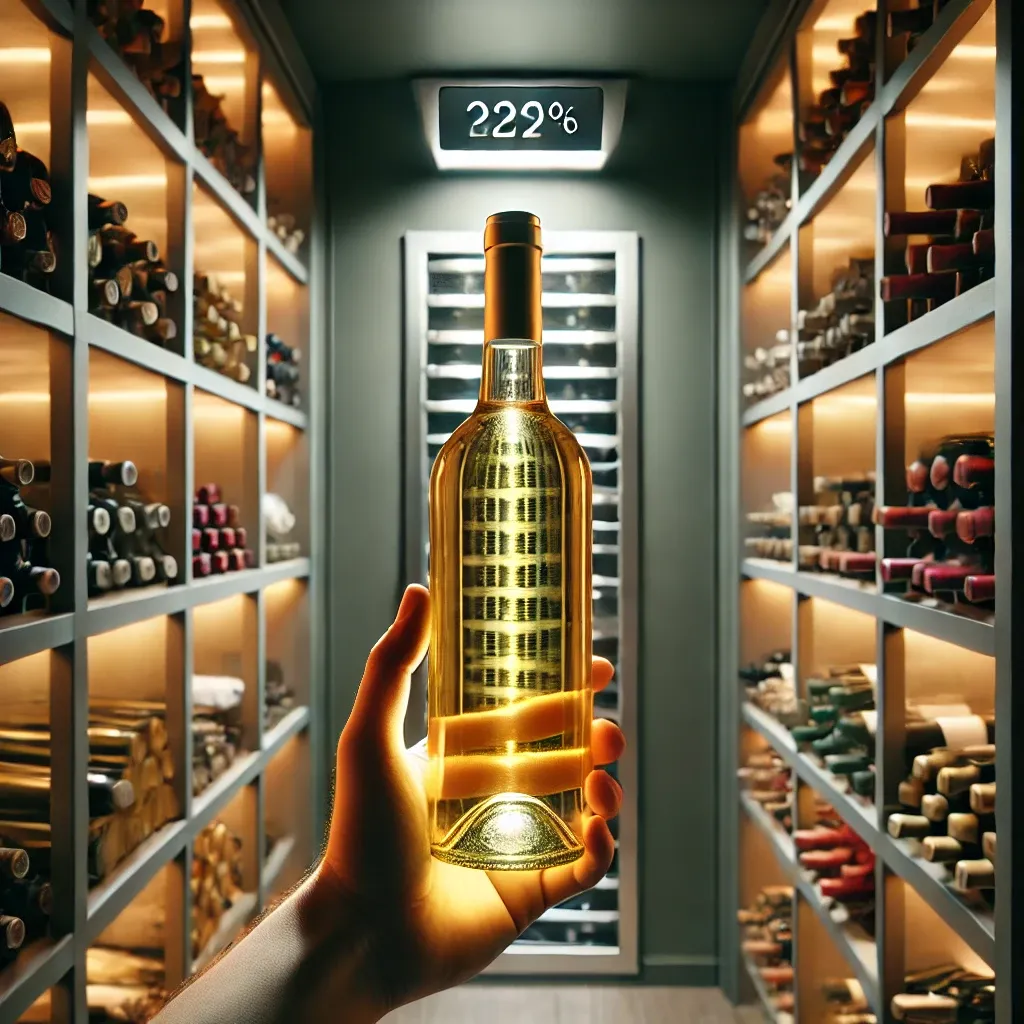Are you storing your white wine correctly? Discover the best temperature for storing white wine and how it affects its taste and longevity. Find expert tips on white wine storage.
Understanding the Right Temperature for Storing White Wine
White wine is a delicate beverage that can be greatly influenced by storage conditions. One of the most crucial factors in preserving its taste and aroma is the storage temperature. But what exactly is the ideal temperature for storing white wine? Let’s explore this in more detail.
White wine is best stored at temperatures between 45°F to 50°F (7°C to 10°C). This range helps preserve its crispness, aromatic complexity, and overall freshness. Storing white wine too warm can accelerate its aging process, causing it to lose its refreshing qualities. On the other hand, storing it too cold can mute its aromas and flavors, preventing you from experiencing its full potential.
Key Points for Storing White Wine at the Correct Temperature:
-
Ideal range 45°F to 50°F (7°C to 10°C)
-
Avoid extremes Extreme heat or cold can damage the wine.
-
Wine fridge Using a dedicated wine fridge is a great way to maintain consistent temperature.
-
Ambient temperature Keep in mind that room temperature, especially in the summer, is too warm for storing wine long-term.
-
Temperature fluctuations Avoid fluctuating temperatures, as this can cause the wine to expand and contract, leading to potential spoilage.
If you’re unsure about your wine’s storage conditions, investing in a wine fridge with precise temperature control can make a huge difference. A well-maintained wine fridge keeps your bottles at the perfect temperature, ready to enjoy whenever you choose.
👉 Learn more about white wine storage temperature! 👈
How Temperature Affects the Taste and Longevity of White Wine
The right temperature does more than just preserve the wine’s integrity; it also enhances the overall drinking experience. Wine that is stored at the optimal temperature will evolve gracefully over time. However, incorrect storage temperatures can lead to subtle (or not-so-subtle) changes that impact the taste of the wine.
When stored at higher temperatures, white wines may develop an overly alcoholic taste, losing their freshness. Wines with lower acidity, such as Chardonnay or Viognier, are particularly susceptible to temperature abuse. The heat may cause the wine to oxidize, leaving it flat and lifeless.
On the flip side, storing wine too cold prevents its flavors from fully developing. If the wine is too cold when served, its bouquet and intricate flavors might remain muted, leaving you with a less enjoyable experience.
Examples of How Temperature Affects White Wine:
-
Warm storage A Sauvignon Blanc stored above 55°F (13°C) might lose its crisp, grassy notes and develop a more flat and alcoholic profile.
-
Cold storage Chardonnay stored at near-freezing temperatures will often show limited aroma and a subdued flavor profile, making it less enjoyable until it warms up.
The proper storage temperature not only helps the wine last longer but ensures it maintains its flavor and complexity. For wines that are meant to age, such as aged Riesling or certain white Burgundies, cooler temperatures help preserve the delicate balance between acidity, sweetness, and alcohol, allowing it to age gracefully.
👉 Discover more on how temperature affects white wine taste! 👈
Tips for Storing White Wine at Home
While it’s essential to store white wine at the proper temperature, there are also several other factors that will help maintain the wine’s quality. Let’s dive into practical tips for storing white wine at home, whether you have a dedicated wine fridge or simply a cool, dark corner of your home.
-
Choose a Dark Location Light exposure, especially sunlight, can cause chemical reactions that lead to premature aging or spoilage of white wine. Store your wine in a dark place, away from direct sunlight and fluorescent lights.
-
Humidity Control A humidity level between 50-80% is ideal. Too much humidity can cause mold, while too little can dry out corks, leading to oxidation.
-
Avoid Vibration Constant vibrations can disturb the wine, especially the sediment in older bottles, affecting its quality. Store wine in a location free from constant movement.
-
Position the Bottles Correctly Store wine bottles on their side to keep the cork moist. A dry cork can shrink, allowing air to enter and spoil the wine.
-
Consistency is Key Maintain a stable temperature. Avoid placing wine bottles near heating vents, kitchens, or windows, where the temperature can fluctuate.
👉 Click for more storage tips! 👈
Conclusion
Storing white wine at the correct temperature is essential to preserving its delicate balance of flavors and aromas. Whether you’re storing a bottle for immediate enjoyment or saving it for a future occasion, keeping it between 45°F and 50°F (7°C and 10°C) is key to ensuring it remains fresh and vibrant. By understanding the nuances of temperature control and following proper storage techniques, you can enjoy your white wine at its very best, every time you pop open a bottle.
“Good wine is a good familiar creature if it be well used.” — William Shakespeare. Keep your wine in its best condition, and it will reward you with each sip.






